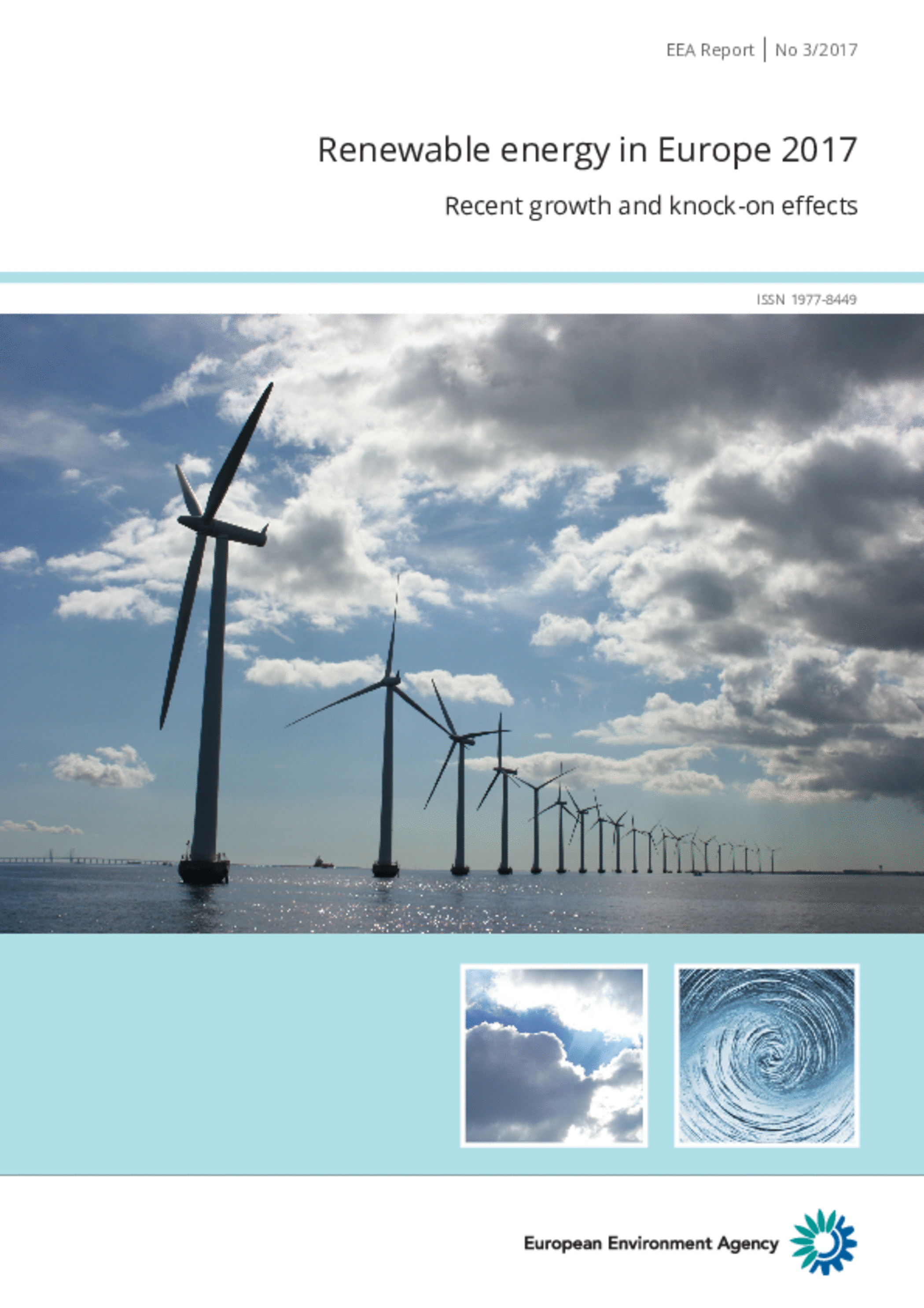All official European Union website addresses are in the europa.eu domain.
See all EU institutions and bodiesEEA Report 3/2017
Addressing climate change requires a globally
coordinated, long-term response across all economic
sectors. The 2015 Paris Agreement provides the
framework for limiting global warming to less than
2 degrees Celsius above pre-industrial levels and for
pursuing efforts to limit it to 1.5 degrees Celsius. Early
in this process, the European Union has adopted
ambitious and binding climate and energy targets
for 2020 and 2030. Member States have set the
strategic objective of building an Energy Union, which
aims to provide affordable, secure and sustainable
energy (European Council, 2014) and which has a
forward‑looking climate policy at its core (European
Council, 2015).
The most recent package of legislative measures,
adopted by the European Commission in November
2016, aims to consolidate and match national climate
and energy efforts, and facilitate the delivery of
the 2030 targets for climate, energy efficiency and
renewable energy sources (RES).
This report provides information about progress in RES
in 2014 at the EU, country, energy market sector and
RES technology levels.
ISBN: 978-92-9213-848-6

